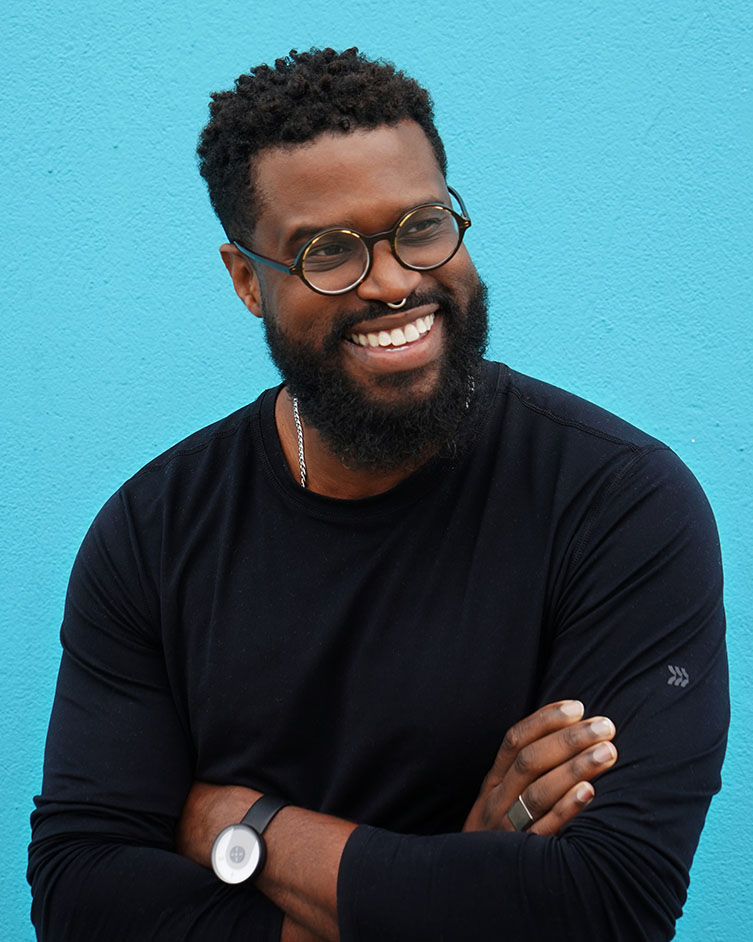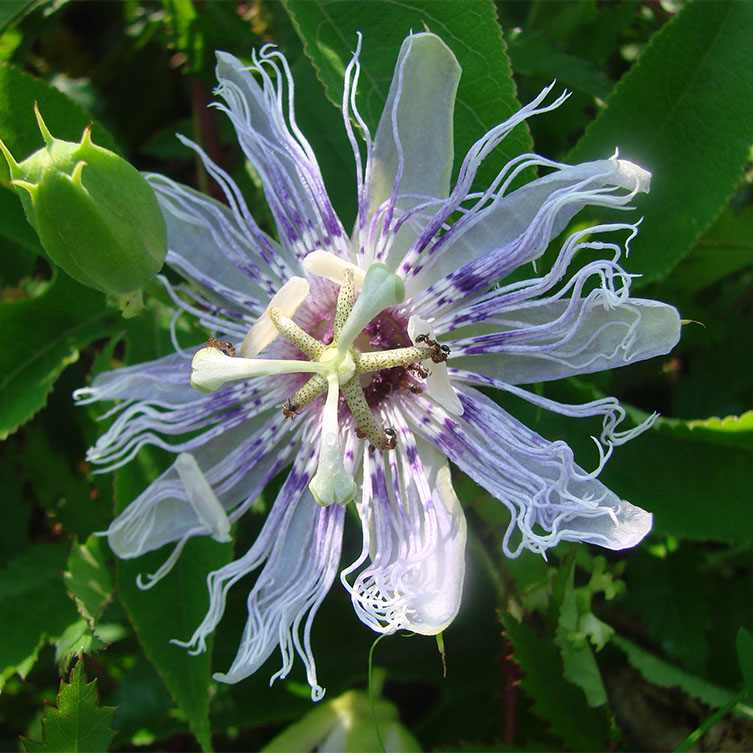Cynthia Woods Mitchell Center for the Arts and UH Coastal Center Create Opportunities for Interdisciplinary Exchange
Elongated. Simultaneously dense and sparse. Full of life and sky.

These are the words Jeremy Johnson uses to describe the 925 acres of coastal prairie preserved and restored by the University of Houston Coastal Center—the only field station owned by the university. Located in La Marque, Texas, the center provides a unique and endangered habitat for environmental education and research.
“The landscape reads like a curtain that can be parted at any point,” Johnson elaborates. “If I take a step, and look left, right or down, someone: plant, animal or insect will be there, observable, just like me.”

Johnson is the 2024 Mitchell Center–UH Coastal Center Writer in Residence, a year-long residency that gives early career writers time and space to explore their practice alongside the biodiversity of UH Coastal Center’s varied topography.
Now in its second year, the residency—awarded by nomination—was initiated by Cynthia Woods Mitchell Center for the Arts Managing Director Melissa Noble and UH Coastal Center Program Director Evelyn Merz. “It fulfills the mission of the Mitchell Center to facilitate interdisciplinary partnerships within UH and serve its units equally through providing specific programming opportunities, this time for the Creative Writing unit,” explains Noble.
The Creative Writing Program, part of the Department of English, is one of the five units comprising Mitchell Center’s interdisciplinary alliance. The other units include the School of Art, Moores School of Music, School of Theatre & Dance and Blaffer Art Museum.
Following in the tradition of naturalist writers such as Ralph Waldo Emerson and John Muir, Johnson will spend time on site at the center, drawing creative inspiration from the landscape. “I think this residency is crucial because it provides space to think and respond to the environment,” he says. “Being removed from the habits of home, one might be able to create new rituals which can help in making new work.”

Merz has always viewed the arts and the environment as complementary.
“The environment can inspire artists, and the artists interpret the environment,” she says. Through the residency, she hopes to introduce opportunities at UHCC to a multi-disciplinary audience. Supporting interdisciplinary practices is a core tenet of the Mitchell Center and factored into Johnson’s nomination.
“Jeremy came to our attention as a student at UH and because of his interdisciplinary interests through his work in the Interdisciplinary Arts Minor . . . his interests align well with the Mitchell Center mission,” Noble remarks. “The IART Minor encourages community engagement and a broad dialogue between systems of knowledge with the courses addressing complex contemporary questions, are experimental and experiential.”
Johnson graduated in December 2023 with a Bachelor of Arts in English with a concentration in Literature and a minor in Interdisciplinary Art.
The residency is not the only active collaboration between The Mitchell Center and UH Coastal Center.
“UHCC will continue its cooperation with Cynthia Woods Mitchell Center for the Arts through The Houston Monarch Story,” says Merz. “Coastal prairies provide ecological benefits ranging from carbon storage in the soil and flood mitigation to food and shelter for pollinators and other wildlife—including the threatened monarch butterfly.”
The Houston Monarch Story is an educational project that introduces audiences to the monarch butterfly’s plight through artistic hand-made sculptures. Conceived by sculptor and School of Art alumnus, Michelle Matthews, the project began when Matthews realized she had received misinformation about how to protect monarch populations and was, instead, harming them by planting a non-native milkweed.
“The project was born out of the need to educate others about the monarch by using the resources available to the art community.” In addition to hosting a page on its website sharing information about monarch migration, host plants, life cycle, and their integral role as pollinators, the UH Coastal Center is also growing native milkweed species on site for the project, which is supported by the Mitchell Center and forthcoming later this year.
- Jen Bootwala, Cynthia Woods Mitchell Center for the Arts